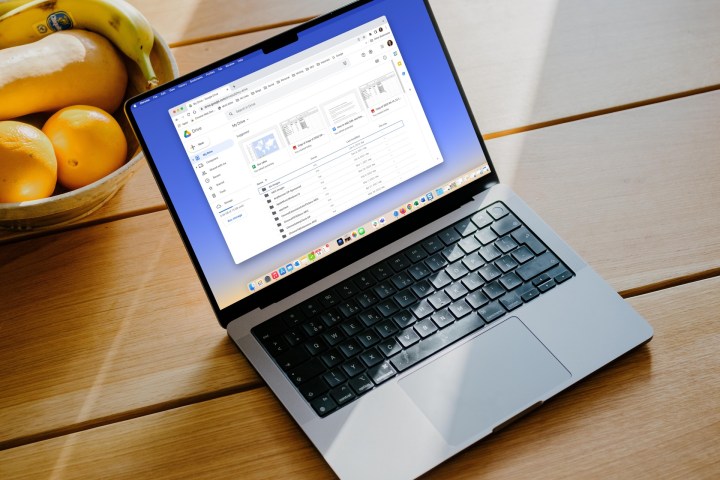If you’ve been happily using iCloud or Google Drive for cloud storage, you probably haven’t been too concerned about exactly what type of cloud data management you’re using. But when you start to consider more specific cloud applications to solve problems for organizations or find the best ways to secure data, the type of cloud quickly becomes very important.
The two common options to consider are public or private clouds. The difference isn’t very complicated, but how those clouds can be used may grow rather complex. Let’s take a closer look so you know what to expect.
What is a public cloud?
A public cloud is an outward-facing cloud platform that’s managed by a data company but primarily intended for public use by customers. It tends to be free or low-cost to use and is designed to hold and transfer a variety of data files. This type of cloud is focused on the data typically used and shared by most consumers, like photos or documents. It can generally be accessed at any time and in any place. If you have a favorite cloud app on your phone to store your files so you can access them from different devices, then it’s probably a public cloud.

What is a private cloud?
A private cloud is an internal cloud platform that’s specifically designed to be used by the employees (and sometimes business partners, etc.) of an organization. The organization wants the syncing, collaboration, and storage benefits of the cloud, but they need extra security for sensitive information or other features that public clouds don’t possess. The solution is to create their own cloud or have one hosted by a third-party provider. Either way, it counts as an internal cloud. These clouds can be highly customized and are typically monitored by IT with access limited based on status in the organization.
What are some examples of public versus private clouds?
Public clouds: If you’ve used iCloud, Dropbox, Microsoft OneDrive, or Google Drive, then you’ve used a public cloud. These are easily recognized and widely available. While they may have business-focused modes, they are usually more focused on individual consumers, and with that comes a lot more branding.
Private clouds: These don’t tend to have the same marketed names, but those with experience in data management are sure to recognize solutions like Oracle’s managed cloud services, Azure private cloud, Cisco ONE Enterprise, or Red Hat. Private clouds are often used by government agencies and financial institutions, which have a keen interest in making their data accessible internally but locked tight from outside theft attempts.
Is a public cloud better than a private cloud?
They have different purposes, so one isn’t innately better than the other. The public cloud is certainly better for the average consumer that doesn’t want to pay much (or at all) for cloud storage while still storing their data online. Public clouds are generally more useful for working on documents at school or in more casual business settings. They’re easy to use, and people are more likely to be acquainted with them. They also have a high guarantee of being available on a variety of devices, no matter what kinds of phones or computers people have.
Private clouds are more expensive for the organizations using them and have fewer broad uses. But they are invaluable for customized purposes that public clouds can’t support and are one of the best ways to prevent many kinds of online hacking attempts. Vendors that offer private clouds are also able to tailor them to meet all kinds of business needs (including virtualization), so they are both versatile and scalable over time. That makes them the best choice for larger companies that take their data management seriously.

Is Amazon a public or private cloud?
The immensely widespread AWS (Amazon Web Services) provides third-party services and management but is technically considered a public cloud. That’s because all kinds of clients can sign up for it without being Amazon employees, and it can be accessed basically anywhere based on region. However, it’s typically used internally by those clients and can also be launched in an isolated virtual network, so it does have features often associated with private clouds. It’s such a massive service that it’s difficult to fit into either category.
What exactly is a hybrid cloud?
That is a cloud that carefully allows certain kinds of data to move between public and private clouds while still having some advantages of both. It’s more common when a business needs to guarantee a lot of compatibility with its private cloud but also wants as many security benefits as it can get. We have an article discussing some of the details here.
What are cloud containers?
You run into containers and containerization when you start looking at the nuts and bolts of preparing for clouds. This refers to coding assets so they can be easily moved throughout virtual and cloud systems (and beyond) without anything going wrong. The more an organization embraces the use of a private cloud, the more it has to make sure that it’s using the right containerization for its data. It’s also a very important part of enabling hybrid clouds, as containers can be designed to pass over to the public cloud.




